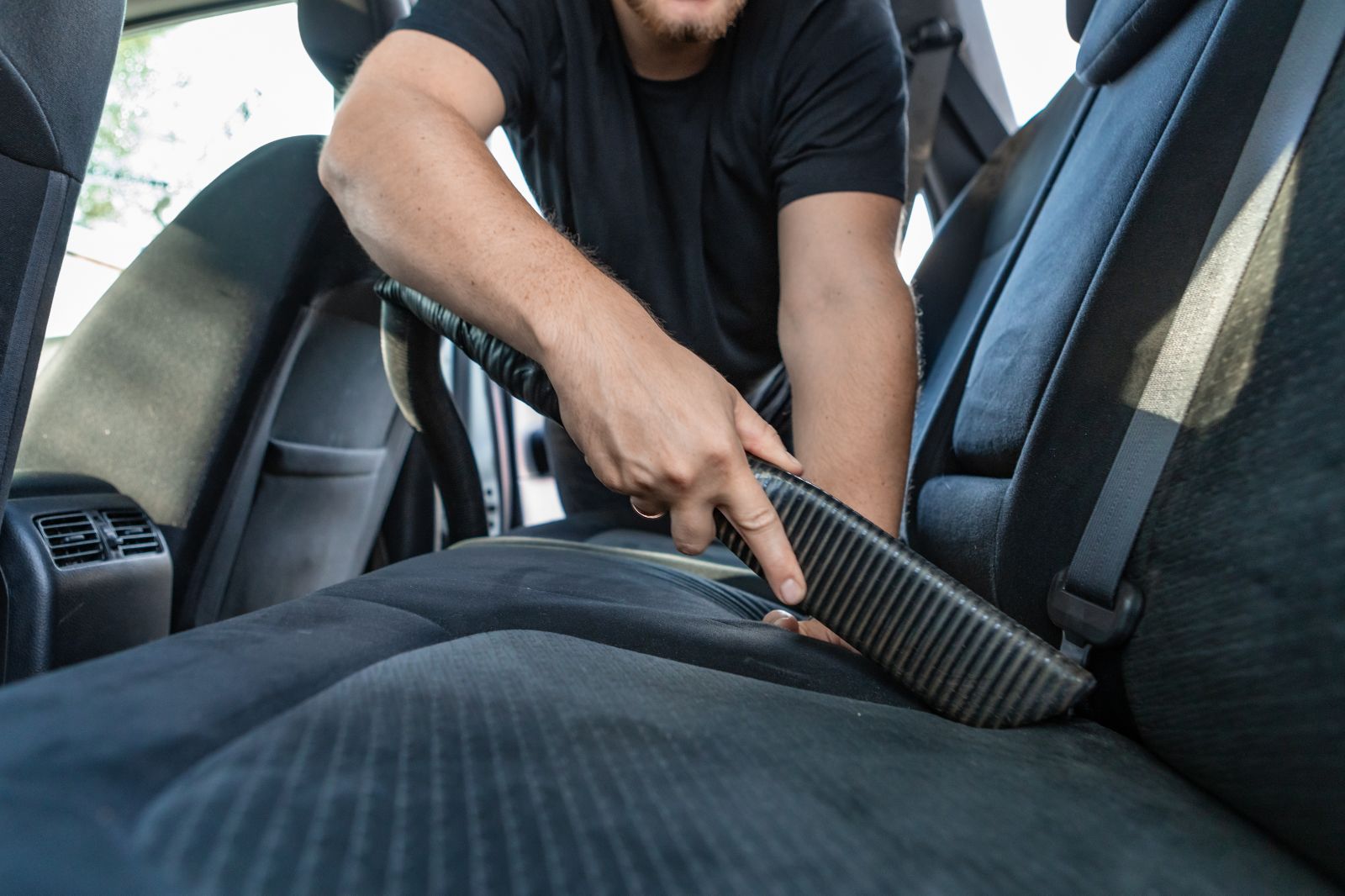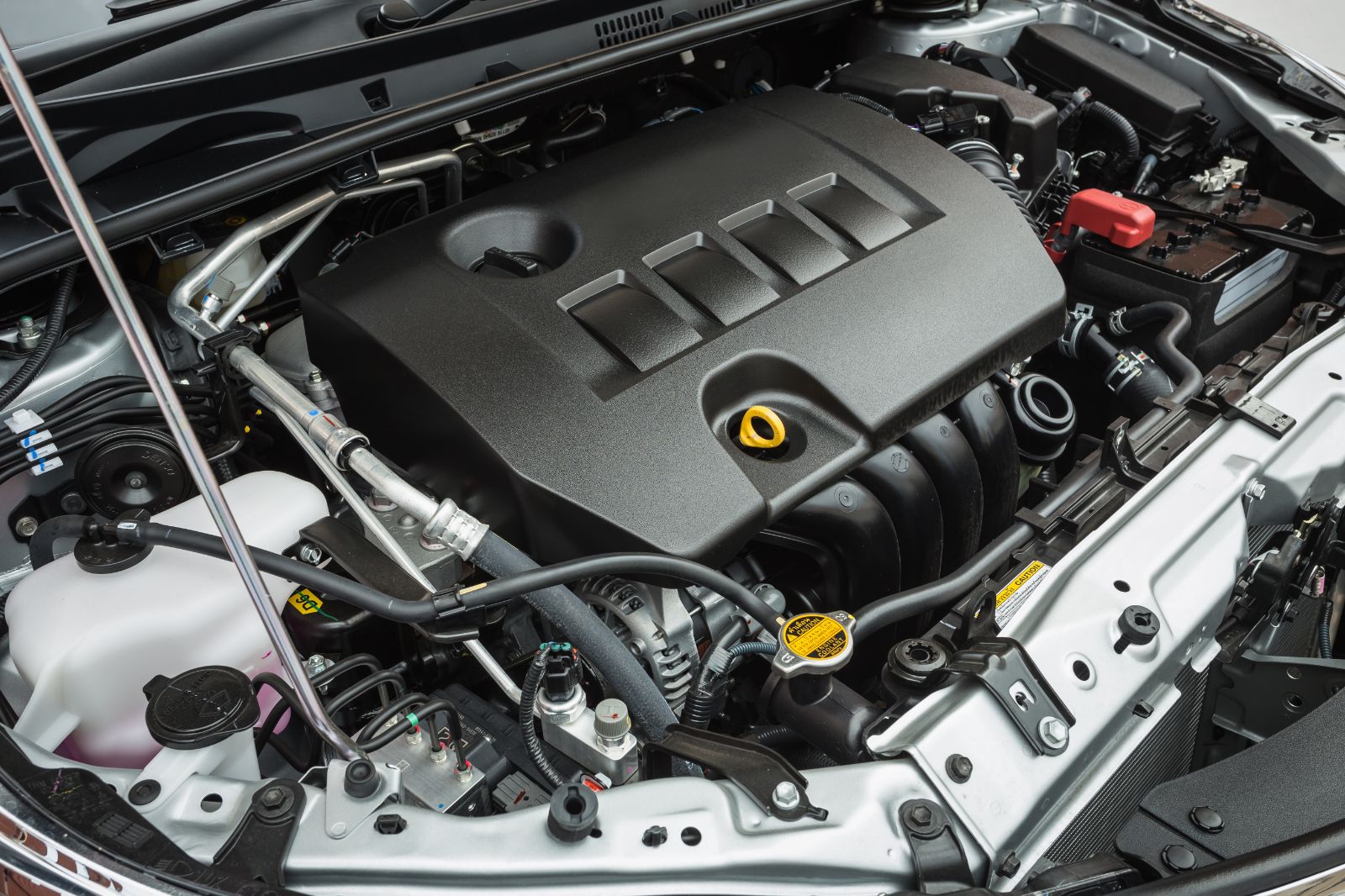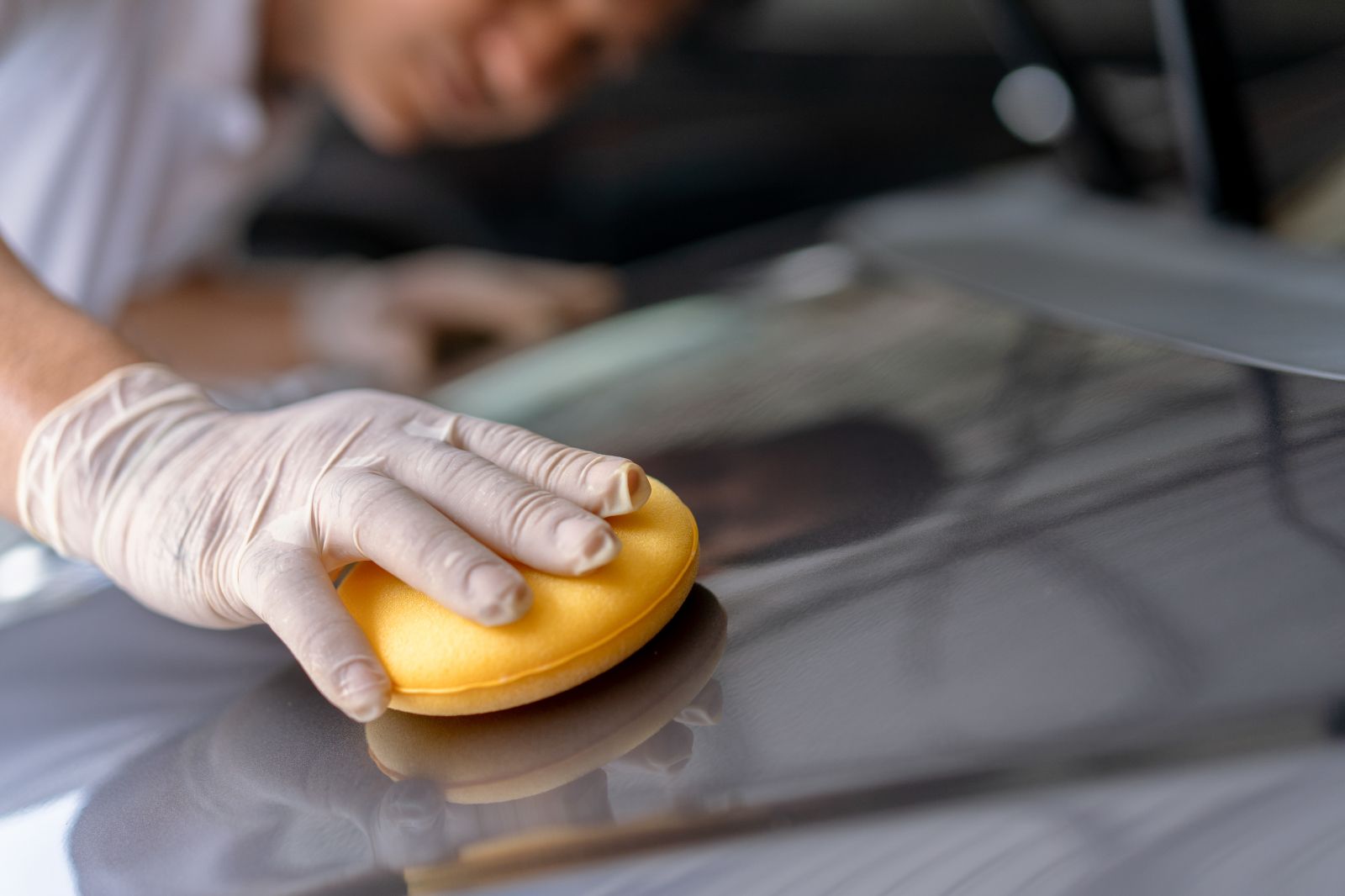Purchasing and owning a car can be expensive, and understandably, we all want our cars to last as long as possible so the money spent on it is worth it. That said, our cars serve us daily and are subject to significant wear and tear both on the mechanical parts as well as on the exterior and interior trim. It’s inevitable that your car’s condition will decline over time but you can slow down the wear and tear on your car by following some basic car maintenance tips.
If you’ve been wondering how to take care of your car so it serves you for as long as possible, we’ve got all you need to know.

1. Observe a Proper Break-in Period
Everyone wants a car that remains in top condition for as long as they own it. And the first step to do that when you buy a new car is to follow the break-in or run-in instructions provided by the manufacturer. Since the components in the car are new, driving more gently in the beginning will help the parts adjust and last longer.
- Typically, manufacturers will advise that you keep the engine revs to below 3,000 revolutions per minute (rpm) for the first 1,000 km and the speed to below 100 km/h, though be sure to refer to your owner’s manual to be sure.
- Avoid sudden acceleration and braking as these will stress the engine components and brakes, thus wearing them out faster.
2. Park in the Shade
The heat and UV rays from our hot tropical sun can damage your car’s paint and interior, causing them to lose their luster and even crack over time. Fortunately, an easy car care tip to avoid sun damage is to park your car in the shade whenever possible. If you can’t do so, you can use window shades to protect your dashboard and interior surfaces from the sun’s rays and keep your car cooler for when you get back to it.
Another thing you can do is to use a car cover. This will protect your whole car from the sun, moisture, dust, bird droppings, and items that might scratch your car such as pebbles and tree branches.
Read More: Tips to Keep Your Car’s Paint Shining On a Budget

3. Clean the Interior
A simple but effective car maintenance tip that keeps your car looking new for years is to maintain its interior. Be sure to vacuum and wipe down the interior surfaces every time you wash your car. Food particles and spilt drinks will attract insects and promote bacterial growth, which can lead to unpleasant odors, so pay attention to gaps in the seats and under the floor mats.
Use the right vacuum wand head according to the surfaces you’re vacuuming so you can clean more effectively. To clean the plastic surfaces, wipe them down with a mild solution of soap and water on a soft cloth. You can also use car interior cleaning solutions specially formulated for different materials.
4. Maintain Your Leather Upholstery
Many car owners are usually unsure of how to maintain their car’s leather upholstery, and while leather seats are easy to clean and durable, they can still become soiled and damaged after a few years. If you often park in the hot sun and leave your upholstery unprotected, it can form cracks over time.
Before you vacuum your upholstery, make sure the tip of your vacuum wand has no rough surfaces that can scratch the leather. Then, use a leather cleaner to remove stains and apply some car leather protectant to protect the leather from stains and make it easier to clean in the future. You can also use three-in-one leather cleaners that remove stains, condition, and protect your upholstery while helping you save time.
5. Fix Windshield Chips Early
Small windshield chips can develop into large cracks which, on a bad day, can lead to your windshield shattering. So if you notice small chips or cracks in your windshield, take your car to a windshield repair shop.
It’s a lot cheaper than replacing the windshield and it keeps the damage from spreading, thus restoring the visual clarity and structural integrity of your windshield. It’s generally agreed that chips of 2 cm in diameter and cracks of up to 30 cm in length can safely be fixed, but always check with the repair shop before you do it.

6. Clean Your Engine Bay
One car care tip that will help your car run better for longer is to clean the engine. The grime and grease on the engine can trap heat, causing the engine to run hotter. Plus, a clean engine makes it easier for you to service it and check for leaks. Remember to work in a shaded area or when it’s cool outside as the cleaning solution can dry up fast when it’s hot out.
Before you start, use plastic bags to protect sensitive parts from water. These include the alternator, fuse box, distributor, air filter and intake, and other exposed electronics. Use a degreaser or soap water and several different-sized brushes to scrub the outer surface of the engine and its components. Then, rinse it down with low-pressure water to avoid getting any water into the engine, and wipe the surfaces dry with a clean cloth.
7. Maintain Your Battery Regularly
Most people don’t consider the batteries when thinking of how to take care of their car, especially since most cars now use dry-cell (maintenance-free) batteries. However, a dry-cell battery still needs some maintenance and you can do that by keeping it clean. Besides checking the battery voltage every time you service your car, keeping the battery terminals clean can prevent voltage from leaking, further increasing your battery’s lifespan.
- First, wipe the battery case with a damp cloth, and if necessary, use a mild detergent. Keeping the battery case clean can prevent grease and corrosion from developing on the terminals.
- Next, loosen and remove the negative terminal (with the black cable or minus sign) and then remove the positive terminal (with the red cable or plus sign).
- Use a battery terminal brush, a toothbrush, or any small brush dipped in a cup of water mixed with a tablespoon of baking soda to brush the battery posts and terminal until they’re clean. Once done, wipe them dry with a clean cloth.
- Inspect the battery case and cables for damage and corrosion. If you have frayed or damaged wires, you need to replace them immediately. You can purchase replacement car battery wires from auto spare parts shops and on e-commerce sites, and it’s fairly easy to replace the wires on your own, but you can always get a mechanic to do it for you if you’re not sure how.
- Lastly, reinstall the positive cable followed by the negative one, and spray a thin coating of WD-40 to prevent corrosion.

8. Protect Your Paint with Wax
You might wash your car often enough but to properly protect your car’s paint job, waxing it is your best bet. Car wax forms a barrier on the surface of the paint, protecting it against dirt, pollution, bird droppings, and oxidation, helping your car look better for longer.
You can choose from three types of car wax – paste, liquid, and spray wax. Paste wax provides the best shine and protection against the elements but requires the most time to apply. Liquid wax is easier to apply and lasts longer – up to a year. And while it doesn’t give as good a shine as paste wax, it still provides good protection.
Spray wax is the easiest to apply on your car as you only need to spray it on and wipe it off. That being said, it doesn’t provide as much protection and lasts about one to three months. To apply wax on your car, simply follow the instructions on the packaging.
Read More: Car Polish or Wax – How to Maintain Your Car’s Shine
9. Be Mindful of How You Drive
One of the best habits to have when it comes to maintaining your car is to drive with care. By being mindful of how you drive, you will put less stress on all your car’s components and slow down the wear and tear. Here are the driving tips you can follow to place less stress on your car:
- Don’t rev your engine right after start-up: Since the engine temperature is still low and the engine oil hasn’t had enough time to circulate in the engine, high revving after start-up can cause excessive friction and damage your engine.
- Accelerate slowly after start-up: Doing this allows the engine and engine oil to slowly get up to optimal operating conditions, thus reducing friction.
- Avoid idling to warm up your engine: While older cars with carburetors needed time to warm up, modern cars with fuel injection can be driven immediately after start-up. In fact, idling can damage your engine as it takes longer for the engine to reach operating temperature, resulting in more incomplete combustion.
- Avoid heavy acceleration and braking: Sudden acceleration and braking put more stress on your car’s components. It might also cause uneven wear and tear leading to more frequent trips to the mechanic. Plus, aggressive driving will increase your fuel consumption.
- Combine multiple errands in one trip: Most of the wear and tear on the engine and drivetrain happens in the first few minutes of driving. By consolidating your short driving trips, you can start your car less often, thus reducing wear and tear.
Read More: Stop Driving On An Almost-empty Fuel Tank Or Risk Damaging Your Fuel Pump

10. Use the Right Type of Fluids
An important car maintenance tip is to not only change your car’s fluids on time but to use the right type of fluids.
Engine Oil
When choosing the right engine oil, follow the viscosity recommended in your owner’s manual so you get optimal lubrication in your engine. If you use oil that is too thick, the engine needs to work harder. This generates more heat and consumes more fuel. If you use oil that is too thin instead, there won’t be enough lubrication in the engine, leading to more wear and tear.
Transmission Fluid
When changing your transmission fluid, make sure you know what kind of transmission you have. There are now more variations of the automatic transmission with the most common being the conventional automatic transmission, dual-clutch transmission (DCT), and continuously variable transmission (CVT). Each type of transmission requires its own lubricant to function well, so pay attention when you replace your transmission fluid.
Coolant
Most cars only require a coolant change every 40,000 to 60,000 km, so it’s not something we often think about when maintaining our cars. That being said, each car has its own coolant requirements so be sure to check your owner’s manual for this requirement. If you need to top up your coolant at any point, don’t mix coolants of different colors as they may have different formulations that could react with each other to damage your radiator and cooling system.
Trade In Your Car with CARSOME
With these simple car care tips, we hope you now know how to take care of your car so it lasts as long as possible. If you’re looking to upgrade your car, just trade it in with CARSOME and enjoy up to a RM1,500 discount on the car you buy. We have over 1,000 cars from up to 30 brands to choose from, so we’re sure you’ll find the right car for you. Just book an inspection to sell your car with CARSOME and we’ll handle everything for you.
When you buy your next car, know that the CARSOME promise is here to give you peace of mind. Each CARSOME Certified car comes with a fixed price and no hidden fees, a five-day money-back guarantee, and a one-year warranty.
Visit CARSOME now or download our app from the Google Play Store or Apple App Store.
